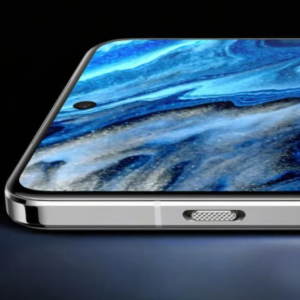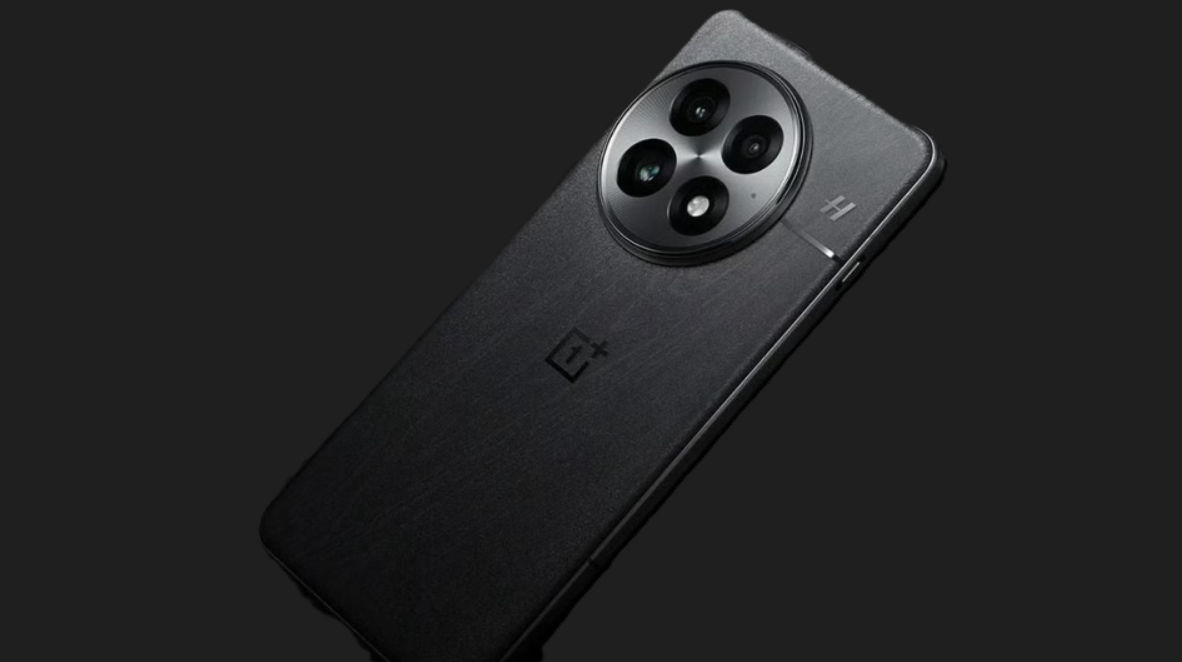OnePlus 13 Battery Capacity and Charging Speeds
The OnePlus 13 is shaping up to be a game-changer in the smartphone market with its standout feature: a massive 6,000 mAh battery. This new addition marks the largest battery ever in a OnePlus device, pushing the limits of battery life and charging technology. It aims to set a new standard for flagship phones by offering an extended battery life that exceeds many other leading devices. Including the anticipated Samsung Galaxy S25 Ultra, which is expected to come with a 5,500 mAh battery. For users who prioritize long-lasting battery performance, this could be a significant draw.
OnePlus’s decision to incorporate a 6,000 mAh battery represents a significant step up from the OnePlus 12, which features a 5,400 mAh capacity. While larger batteries have traditionally been associated with bulkier devices. This advancements in battery technology are enabling OnePlus to keep the OnePlus 13 relatively thin and lightweight without compromising on battery capacity. This larger battery positions the OnePlus 13 as a more energy-efficient choice compared to its competitors. Especially for users with high-performance needs, such as heavy gaming or media streaming.
In addition to the large battery, the OnePlus 13 features cutting-edge fast-charging capabilities that outpace many competing devices. With 100W wired charging (known as SUPERVOOC) and 50W wireless charging (AIRVOOC). OnePlus has pushed the boundaries of charging technology to meet the demands of modern smartphone users. This rapid charging setup allows users to charge their phones in a fraction of the time taken by traditional charging technologies. The inclusion of 10W reverse wireless charging further adds to the versatility, enabling users to power up other compatible devices.
- OnePlus 13 Render Leak Reveals Early Glimpse of New Flagship Design
- OnePlus 13R specs leaked — tipped to have a 50 MP Sony IMX906 Camera
Performance Competing with the Galaxy S25 Ultra

The Galaxy S25 Ultra, Samsung’s upcoming flagship model, offers competitive specs. But the OnePlus 13’s 6,000 mAh battery could be a serious challenge. The S25 Ultra, expected to launch with a 5,500 mAh battery, may not keep up with the OnePlus 13 in terms of raw battery life. It is still an improvement over previous models like the Galaxy S24 Ultra. Samsung’s device will also support fast charging but may be limited to 45W wired charging. Which could lag behind OnePlus’s SUPERVOOC in terms of charging speed and convenience.
The OnePlus 13 is set to feature the latest Qualcomm Snapdragon 8 Gen 4 chipset. Which promises substantial performance improvements and power efficiency over previous generations. This chipset is expected to work in synergy with the large battery to maximize endurance, ensuring smoother performance without significantly draining the battery. The Galaxy S25 Ultra is also expected to include the Snapdragon 8 Gen 4 or Samsung’s Exynos variant, depending on the region. However, early reports suggest that OnePlus’s optimizations could provide better power management, allowing the OnePlus 13 to make the most out of its large battery.
Alongside the hardware, OnePlus is rolling out OxygenOS 15, its latest custom operating system based on Android 15. OxygenOS has a reputation for being streamlined and user-friendly, focusing on a clean interface and efficient multitasking. Which can contribute to battery savings. Samsung’s One UI 7.1, based on Android 15 as well, offers a robust set of features, though it’s often considered more resource-intensive than OxygenOS.
Display and Other Features

The OnePlus 13 is expected to feature a 6.8-inch LTPO AMOLED display with a resolution of 1440 x 3168 pixels and a 120Hz refresh rate. A combination that should provide stunning visuals and smooth transitions while helping preserve battery life through adaptive refresh rates. The Galaxy S25 Ultra, on the other hand, will reportedly come with a slightly larger 6.9-inch AMOLED display, capable of a 144Hz refresh rate. While both displays promise high-quality visuals, the OnePlus 13’s slightly smaller size and lower maximum refresh rate could contribute to more efficient battery usage.
In terms of durability, the OnePlus 13 and Galaxy S25 Ultra are expected to feature high water and dust resistance ratings. Both phones likely to offer an IP68 rating. This makes them suitable for rugged use and ensures they can withstand the occasional splash or dusty environment without sacrificing their sleek designs.
Our Final Thoughts: OnePlus 13 vs. Galaxy S25 Ultra
The OnePlus 13’s substantial battery and rapid charging capabilities are setting it apart from the competition. Positioning it as a powerful contender for users who prioritize battery life and quick recharge times. The Galaxy S25 Ultra’s powerful features and high-quality display still make it a formidable competitor in the premium smartphone market. However, OnePlus’s strategic focus on extending battery life while maintaining high performance with advanced charging options makes the OnePlus 13 particularly appealing for users looking to break free from frequent charging sessions.
By combining hardware and software that work harmoniously to enhance battery efficiency. OnePlus is addressing a key consumer pain point—battery anxiety—at a time when mobile users demand more from their devices. The OnePlus 13 stands out as a compelling choice, especially for those who need a smartphone that can handle intensive daily use without faltering. As both phones are slated for release, it will be interesting to see how they perform in real-world usage. Whether OnePlus’s ambitious battery-focused approach translates to lasting success in the flagship smartphone market. Stay tuned with us on Facebook & Instagram for more info about every upcoming smartphone.

[…] Powerful New OnePlus 13 Boasts a Powerful 6,000 mAh Battery, Beating Galaxy S25 Ultra […]